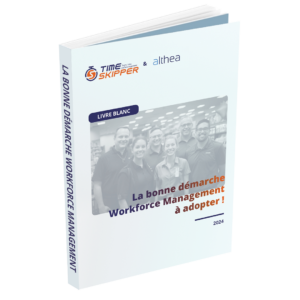Are you interested in activity management software, but find it difficult to imagine what improvements such a tool could bring to your point of sale? Here are three real-life examples of reorganisations carried out within different retail models and shop types, thanks to the Timeskipper platform.
I/ A 4,250 m2 franchise hypermarket: 13% growth in turnover
Using Timeskipper allowed the director of this facility to completely rethink how they approached replacements for certain seasons or after retirements, as well as the organisation of the new Drive delivery service. But how? Through simple observations highlighted by the management software
No need for “1-to-1” replacements
The workload calculated by Timeskipper for the summer period showed that, although activity remained relatively high, it did not justify hiring seasonal staff for the same scope. By
simultaneously identifying the times when more people were needed and those when no extra staff were required, we were able to show that replacing one person out of two was sufficient and did not adversely affect the quality of the service or the customer experience. In fact, it was the opposite!
Building a Drive team without hiring more staff
With the activity better optimised, the Drive service was created by using hours saved in the shop, without having to take on extra staff! Permanent employees were assigned to prepare orders and receive customers at the right time of day, thus meeting one of the major challenges of omnichannel food retailing while improving the customer experience.
But Timeskipper’s benefits didn’t stop there. The solution also helped the store to redirect poorly used time to new tasks, such as analysing shortages, tidying the stockroom, checking prices, etc.
As a result, the store saw its sales increase by 13%, while its shortages and stockroom inventory were halved. And to top it all off, the investment in the platform paid for itself in just two months.






